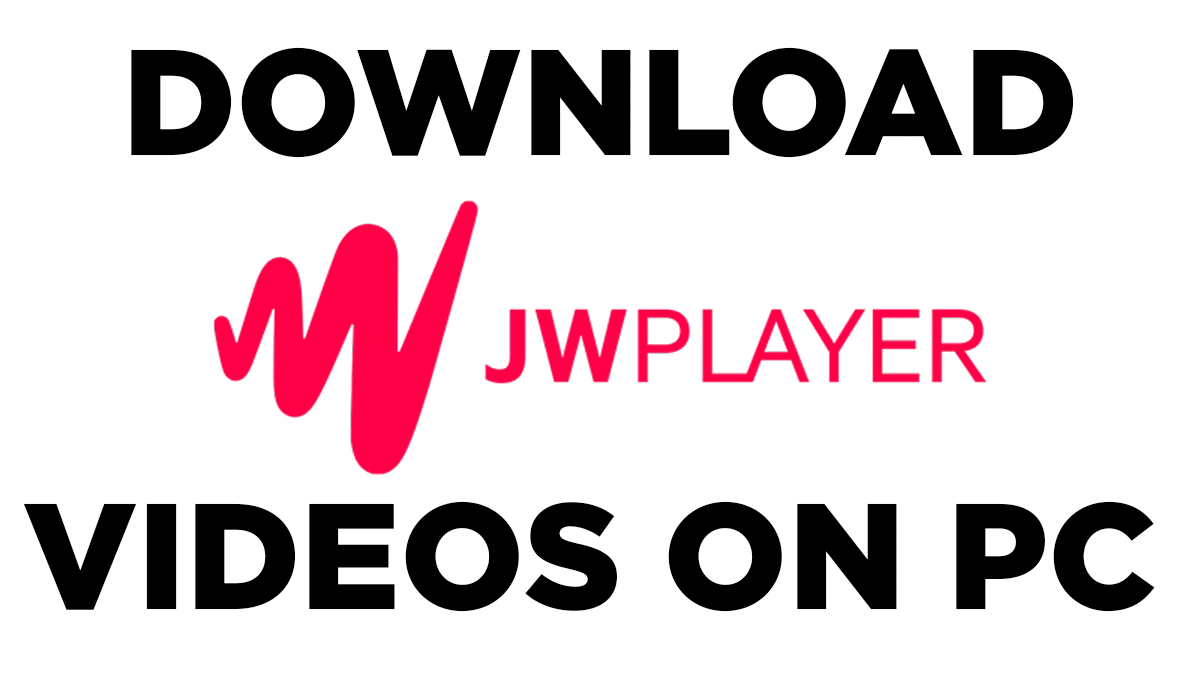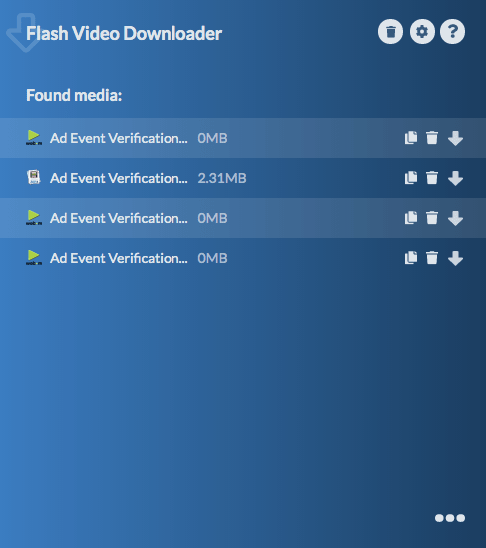
Expanded media preloading capabilities to preload subsequent media before the current media ends.

Improved the user experience on mobile devices by allowing the viewer to pause playback of videos that autostart muted without unmuting first.For live or DVR streams, the currentTime will not be modified based on duration or seekable range. For on-demand streams, currentTime will be the same as the position. Added a new API method, getCurrentTime(), which exposes the current time value of content.
JW PLAYER PLUGIN FOR CHROME LICENSE
This is needed for license wrapping implementations. These methods allow customers to modify or access responses from license requests. Implemented licenseResponseFilter for DASH streams and Fairplay.UC browser can be detected using the getEnvironment() API. Added user agent detection for UC browser, where previously it was reported as Chrome.NOTE: DASH streams are not supported on iOS Safari, nor with Airplay on desktop devices. Added support for DASH streams on desktop Safari.You can register seek as a function of the ready or playlistItem events, so that the player starts playing from a specific point. Added the ability to start playback from a non-zero position.The player will fall back to click-to-play after exhausting all autoplay options. Updated the player to autoplay with sound if possible, autoplay muted if possible when there are no ads, or autoplay muted ads if autoplayadsmuted: true is set.Updated the player to check for browser-level autoplay restrictions.Fixed an issue where the VAST macro was not being automatically filled if present at the root of the XML rather than within the element in the InLine or Wrapper elements.Fixed an issue causing the page to scroll to a random point when players embedded with an iframe were clicked using Safari on iOS.


This prevents viewers from being bombarded with ads when starting content playback from somewhere other than the content’s beginning. This can be used in conjunction with seek() in lieu of a play event to define a start position and begin playback.

Previously, a slight gap erroneously implied the viewer was not at the edge. When the player is within range of the live edge, viewers will now see the video position at the end of the timeslider.Some customers may notice their play button is more stylized than before. We’re optimizing the click-to-play button to drive more plays for our publishers.In JW 8.2, the player will react to the combination of the browser’s restrictions and the publisher’s setup configuration by autoplaying with or without sound, or falling back to a click-to-play player. With the impending release of Chrome 66 in April, we invested a lot of time in simplifying the expected behavior so that we can provide viewers the right feedback to know if and when they need to interact with the player to start playing, while also mitigating the impact on our publishers’ ability to monetize their content. In JW 8.1, we implemented functionality to pause playback instantly when the browser blocks an autoplaying video. Safari 11 was first to take a strong stance by giving viewers the power to prevent videos from starting automatically. Better Handling of Browser Autoplay PoliciesĪs browser autoplay policies evolve to create a better video experience for viewers, it has become increasingly challenging for publishers, especially those that monetize their content, to ensure consistency.


 0 kommentar(er)
0 kommentar(er)
